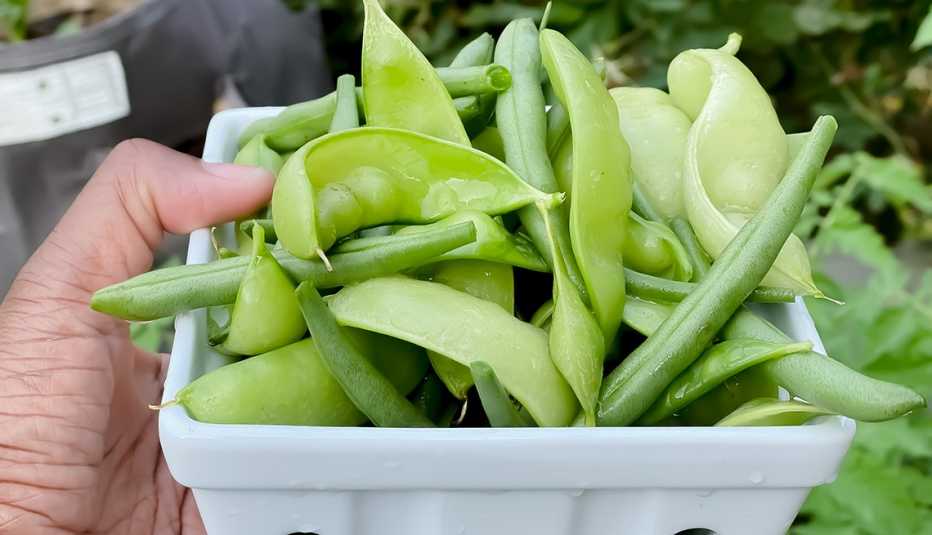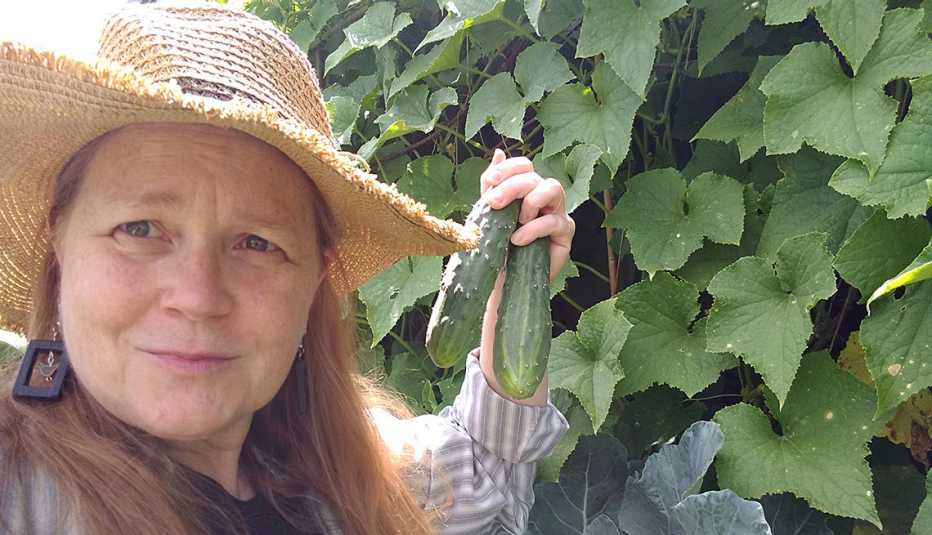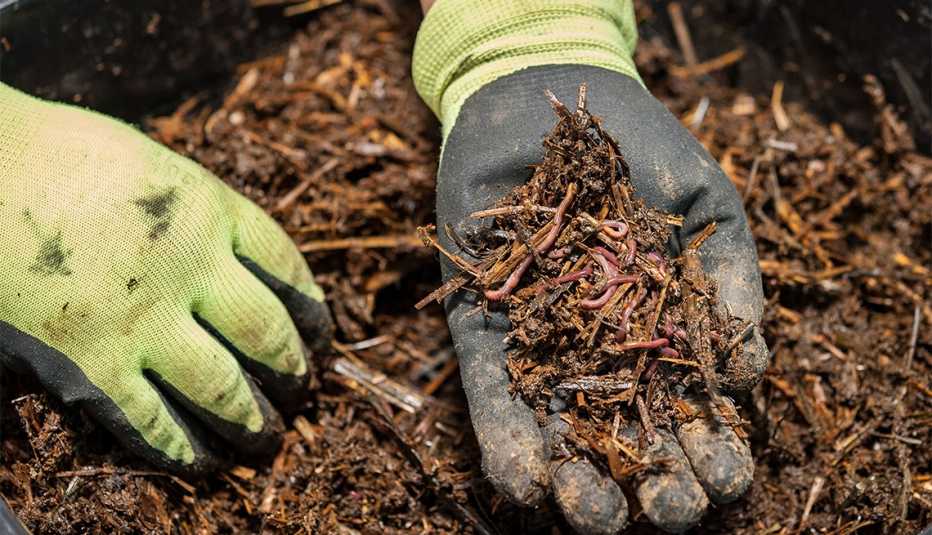Staying Fit
The coronavirus pandemic triggered a seed shortage last spring, as quarantined gardeners (and novices) found themselves yearning to grow fruits and vegetables.
Demand was “over-the-top insane,” says Dan Jason, owner of Salt Spring Seeds in British Columbia, and the shortages are expected to continue in 2021.


AARP Membership— $12 for your first year when you sign up for Automatic Renewal
Get instant access to members-only products and hundreds of discounts, a free second membership, and a subscription to AARP the Magazine.
One way to ensure next year's crop is to save seeds this fall. Increasing numbers of gardeners are saving their seeds and swapping them through networks like the Seed Savers Exchange or even public libraries.
Seed saving “is always a good idea,” says Bill Best, who founded Livingston, Tennessee's Sustainable Mountain Agriculture Center. You can save seeds from heirloom varieties of plants as well those from your hardiest, best-producing plant specimens to allow you to gradually breed for improved seed strains.
Harvesting and saving seeds
Once you know the right time and method for harvesting seeds (see sidebar), seed saving is cheap and easy. It's hard to go wrong with four self-pollinating annuals: tomatoes, lettuces, beans and peas.


Seeds from an heirloom self-pollinator, like True Red Cranberry beans or Best's favorite, the Candy Roaster Squash, will reliably produce the same variety when planted, if your plants are spaced properly. But if you stock your garden with common hybrids from the hardware store, be ready for surprises.
"Hybridized seeds [could] come back the same or different,” says Bevin Cohen, a Sanford, Michigan, farmer and author. “When cross-pollination happens, each grain of pollen comes from different sources, so each of those seeds is going to be slightly genetically different.”




































































